
Patios, Walkways & Driveways
The African Marigold is a strong flower that is prevalent in many warm places around the globe. It is known for its big yellow, orange, or gold flowers, which are useful for gardens, borders, and cut flowers.
Published on September 10, 2025
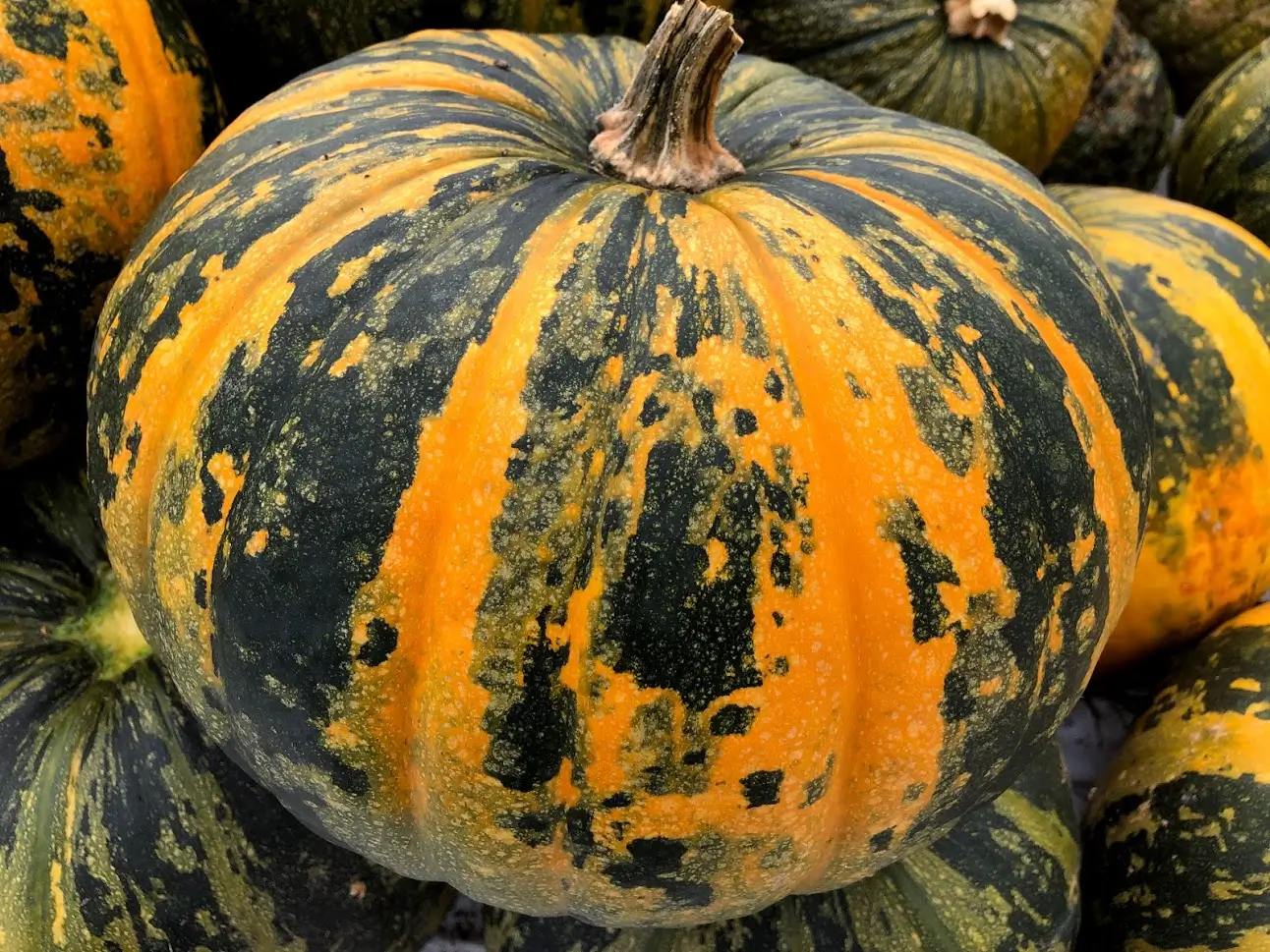
Acorn Squash
Grow acorn squash from seeds is easy and rewarding to grow acorn squash from seed if you provide the right conditions.

Baby Corn
Baby corn is part of the maize family, the same species as regular corn.
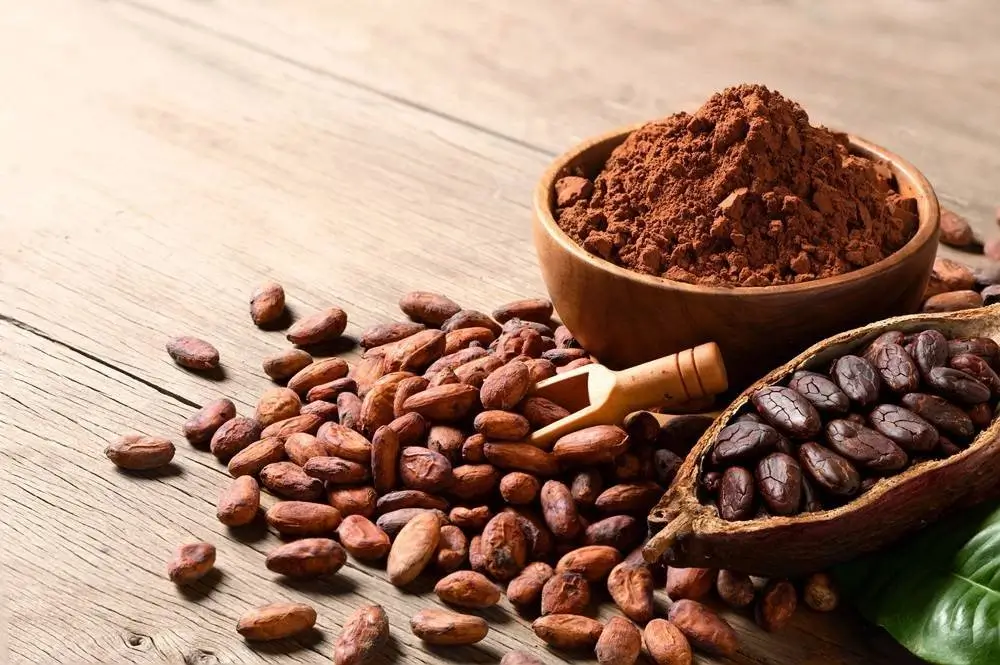
Cacao
Cacao, also known as Theobroma cacao, is a tropical tree that is popular with many chocolate lovers.

Daikon Radish April Cross
The April Cross Daikon is famous for its high-quality white roots, smooth texture and sturdy growth.
African Marigold (Tagetes erecta) is not really from Africa. It comes from Mexico. But it is now grown all over the world, especially in Africa and India.
People use it for its beauty, in ceremonies, and even for medicine and food. It grows tall, with green leaves and big flowers that can be 3 inches wide.
You can plant it in pots, garden beds, or along borders. It is a strong plant that can grow in dry or poor soil and still look great.
Despite its name, the African Marigold is native to Mexico and Central America. It earned its name due to its widespread use in African and Indian cultures, especially during festivals and religious ceremonies.
In India, marigolds are strung into garlands and used in temple offerings, while in Mexico, they are famously associated with the Day of the Dead (Día de los Muertos), where they’re believed to guide spirits with their bright colors and strong scent.
African Marigolds are easy and fun to grow! They mature quickly in warm weather and produce blossoms in two to three months.
These flowers are perfect for the novice gardener. They can grow it in the ground or in pots. People add them for color, for garden health, for something special.
And when it comes time to start blooming, they do not put the brakes on anytime soon. They can bloom for weeks. They just need sun, water, and space.
The more you pick off old blooms, the sooner the new ones will appear.
African Marigolds are bright, bold flowers that grow fast and bring lots of color to gardens. These annual plants bloom all summer and are loved for their size and golden tones.
This flower is tough and beautiful. It brings bees and butterflies while standing up to heat and dry weather.
African Marigolds are great for decoration and garden health. They look lovely in borders and pots, and also help keep pests away.
Marigolds love warm sun and don’t need rich soil. They grow best in places with full sunlight and good drainage.
These plants resist many pests and diseases. Just make sure the soil drains well and watch for common bugs during dry spells.
Marigold seeds are small and light, reminding of black and white shades. They’re sleek and simple to use.
Seeds grow well in warm, moist soil. Light isn’t needed, but keeping the soil moist is important.
Marigold seeds stay strong for years if stored right. Most will sprout quickly and grow into healthy plants.
You can grow African Marigolds directly in the garden or start them indoors. They grow quickly and transplant easily.
Plant marigold seeds in the spring when frost is gone. They don’t need soaking and are easy to plant directly in the soil.
Marigolds are strong, but sometimes bugs appear. Good spacing, watering habits, and natural sprays can help.
Common Issues:
Prevention Tips:
Store seeds in cool, dry places. Use airtight containers to keep them fresh.
Marigolds are easy flowers to thrive. The fruits, not the kind you’d like to eat, are little orange polka dots the size of a tennis ball, perfect for the garden, in pots or as a novelty in the landscape. The seeds come up quickly, and the plants will stay in bloom for a long time. Whether it’s to give your garden a splash of color, help your nectar-loving veggie lover, or just because you want a flower that requires a minimal amount of effort, African Marigold is the herb for you!
After sowing, African Marigolds take around 60-90 days to bloom. However, the time of flowering can differ slightly based on the temperature, sunlight, and watering. If the plant is taken care of properly, it blossoms for a few weeks.
Some are easy plants to grow and require very little care. They prefer full sun and average soil. Because they are self-cleaning, you do not need to focus a lot of attention on them; however, regular watering and deadheading will keep these pretty little plants blooming for you all summer long.
Absolutely! African Marigolds: Although taller, these do well in containers, too, so they're great for patios, balconies, or small garden spaces. You can place the pot in an area that receives sunlight during the day as long as the pots have good drainage.
True, they are quite useful in the vegetable garden. African Marigolds are a fantastic little insect repellent that helps keep the nasties away while calling in beneficial bees and butterflies. Additionally, they provide a bright color to your garden.
Deadheading spent blooms has nothing to do with more flowers resulting. If these spent blooms are removed, the plants will look better, and they will often bloom more and for a longer period through the season.

Patios, Walkways & Driveways

Pest Identification & Prevention
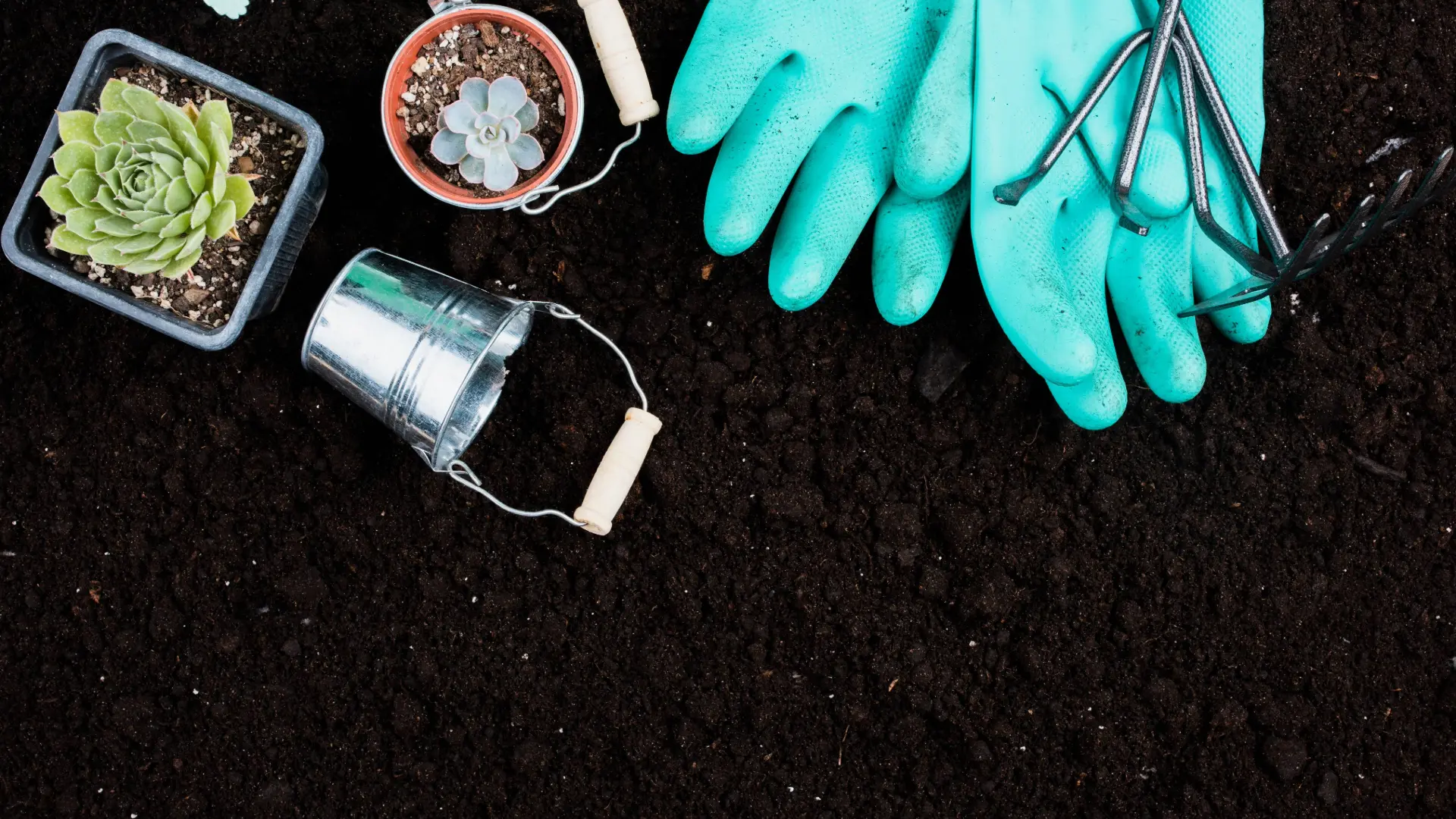
Soil Health & Fertilization
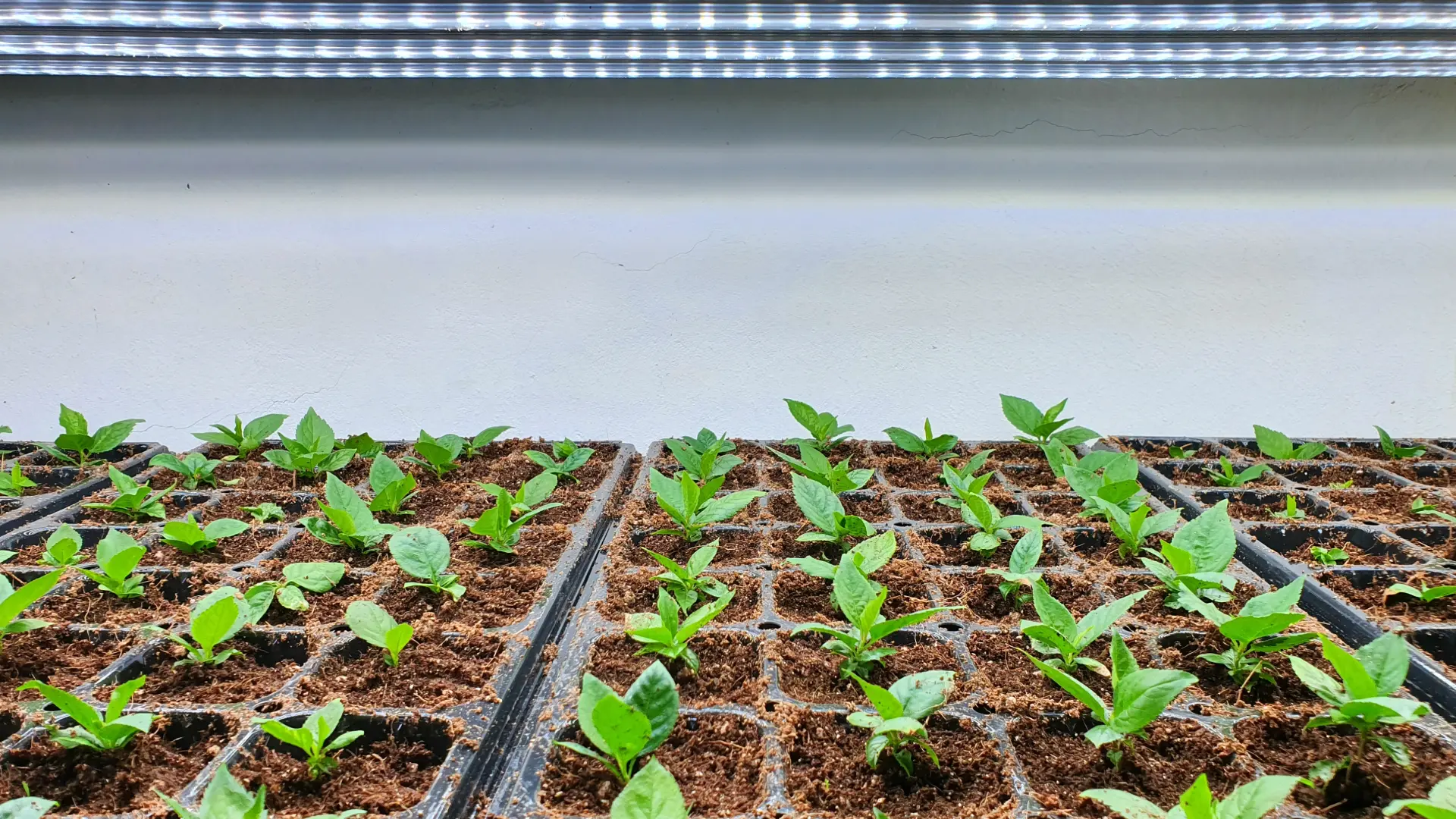
Lighting & Technique
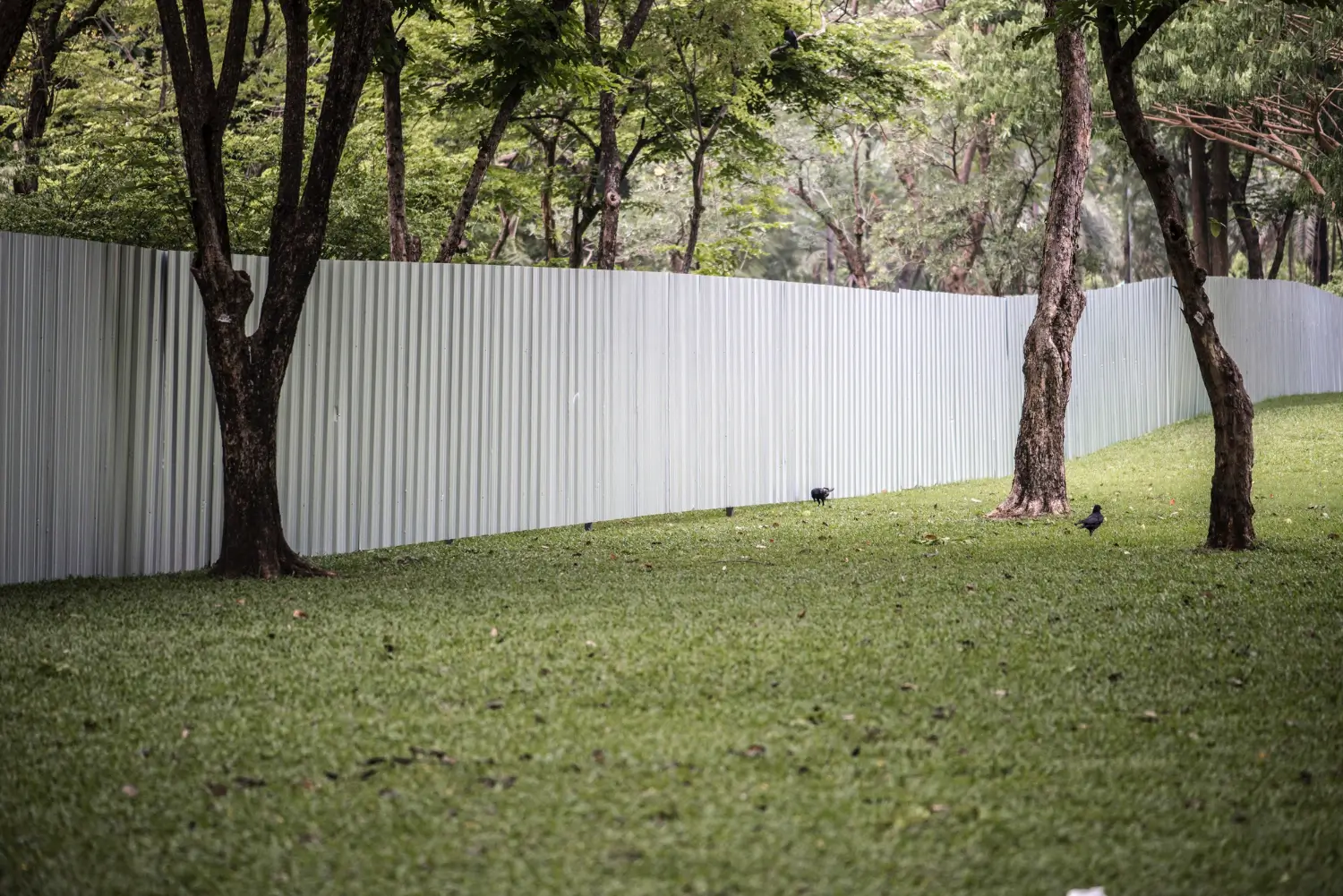
Construction Tips & Techniques

Maintenance & Equipment Tips

Soil Health & Fertilization

Organic Gardening